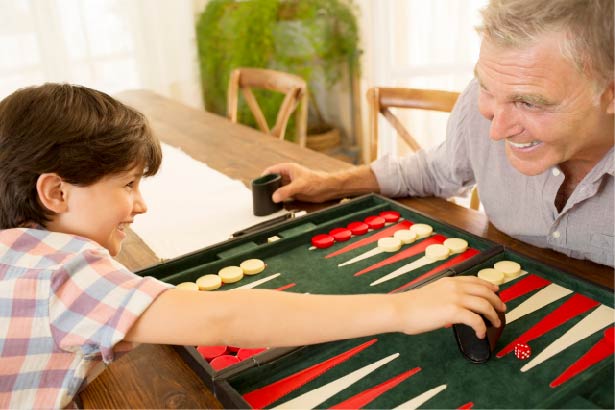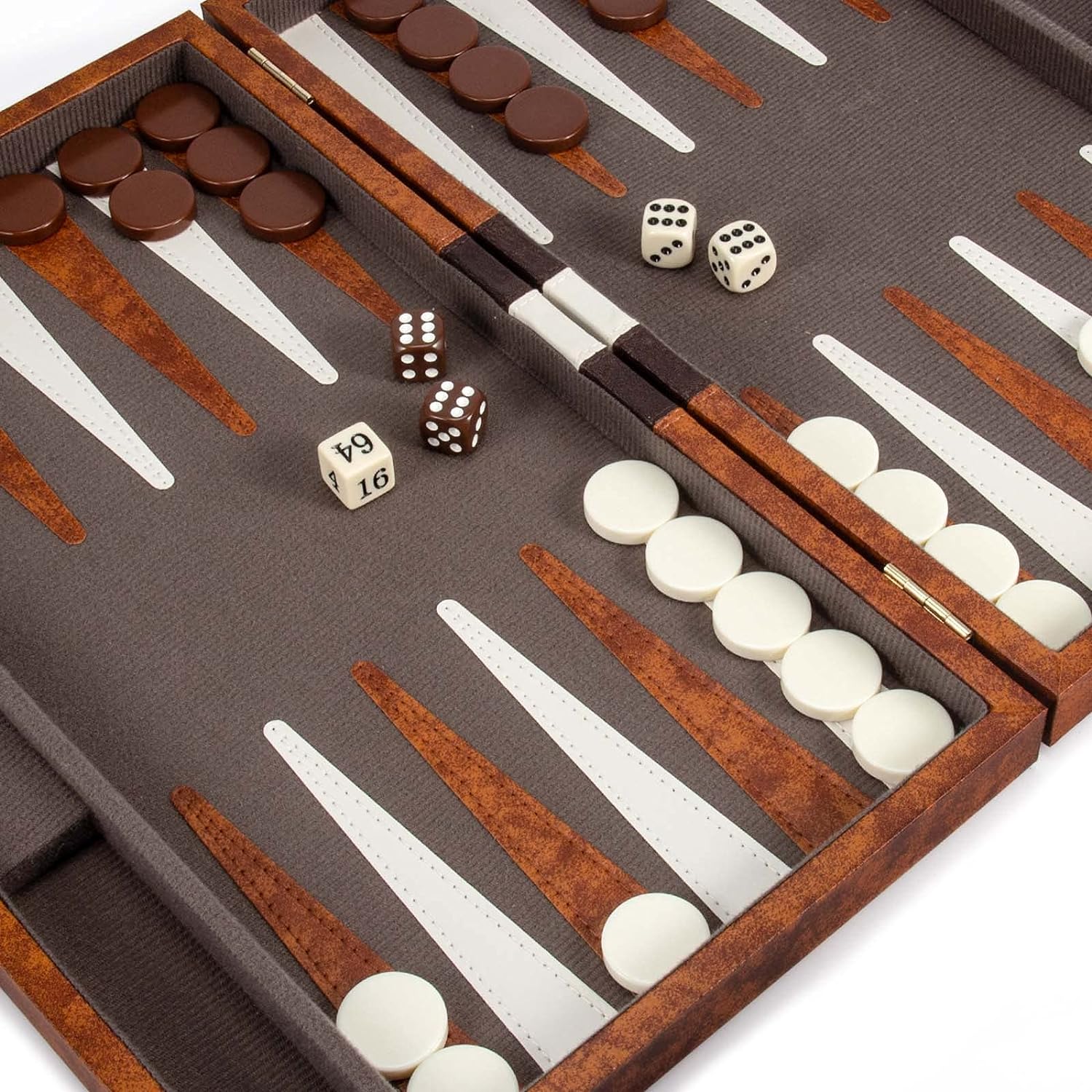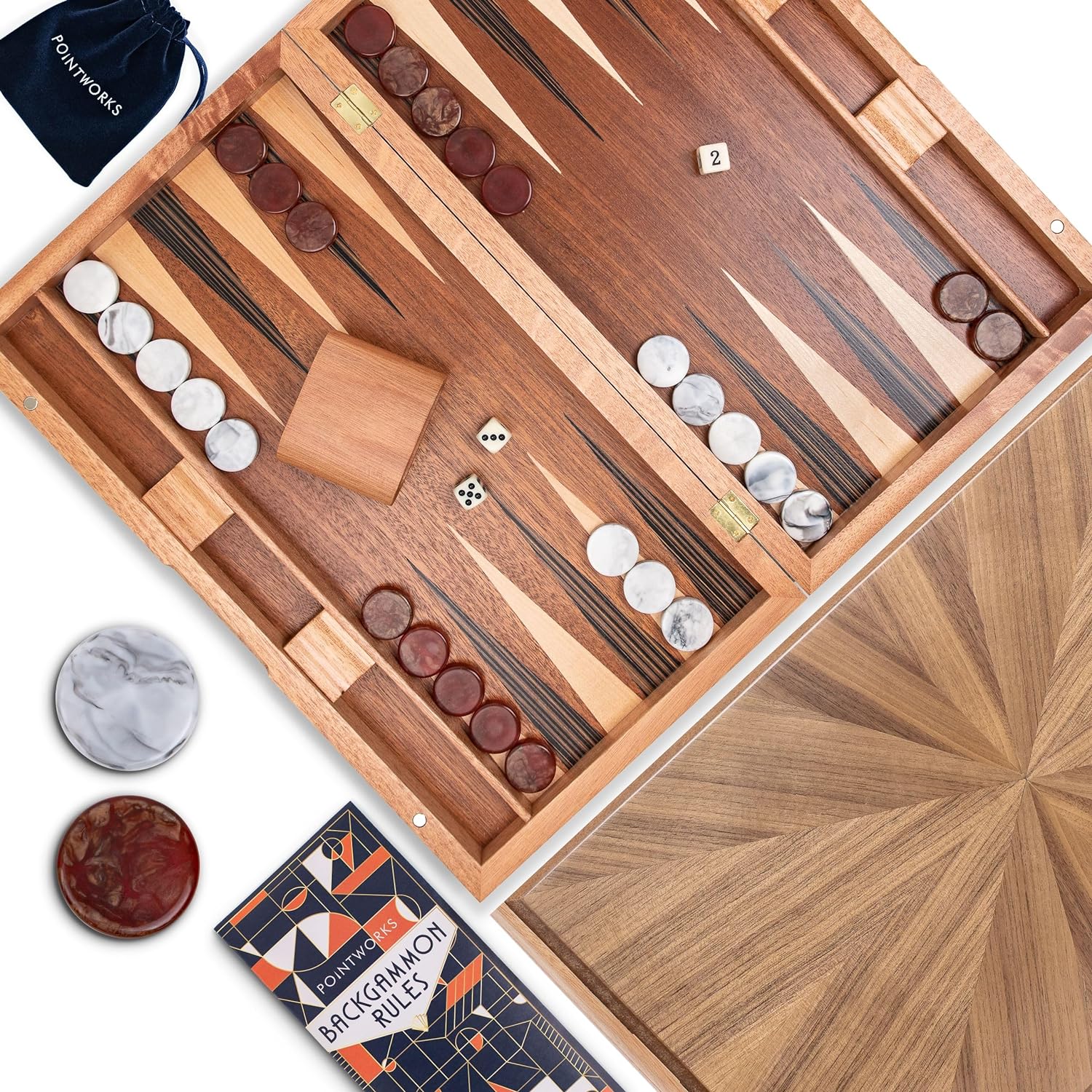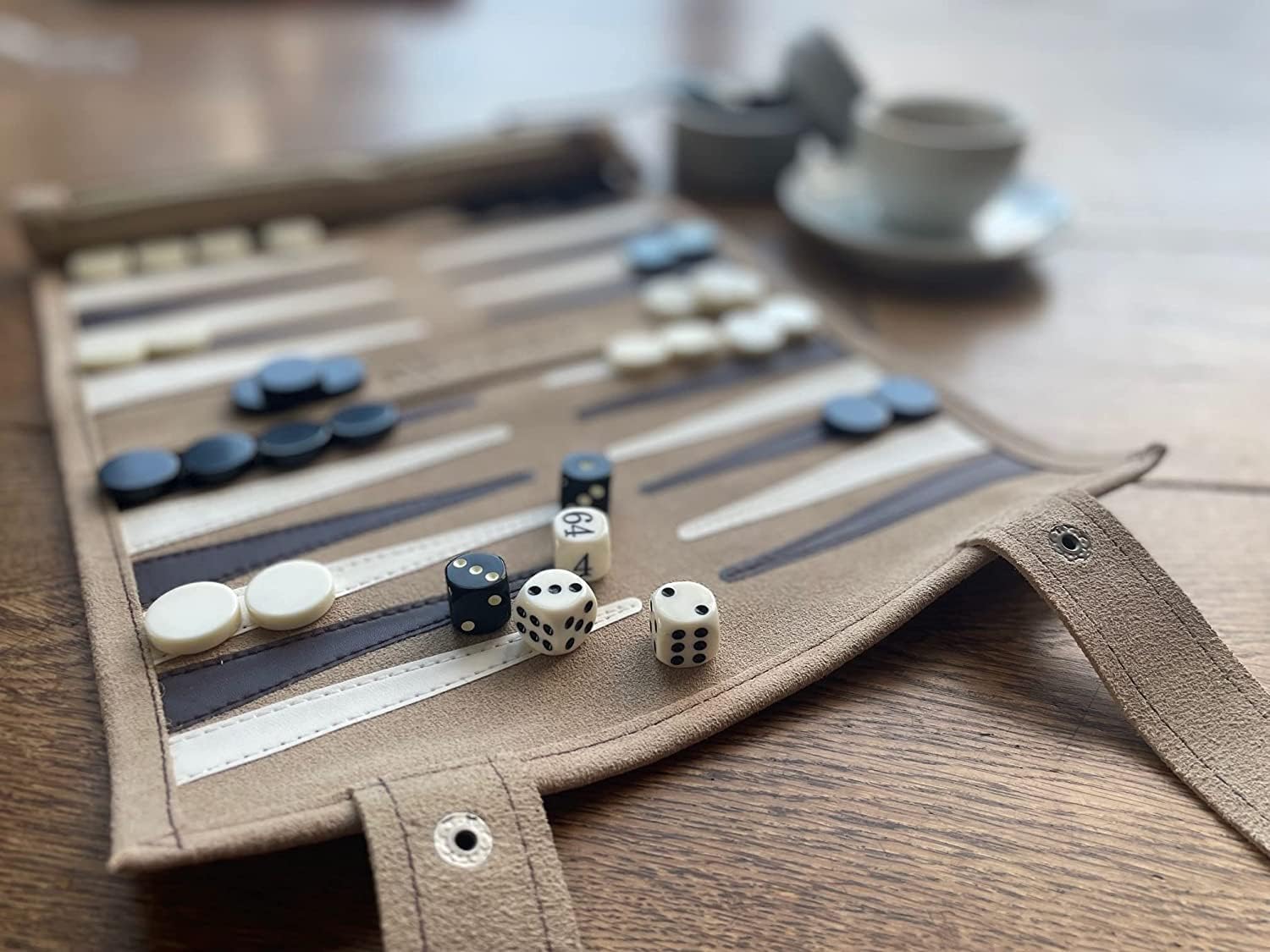Backgammon
Backgammon, a game of both skill and chance, boasts a storied history that spans thousands of years and continents. This intriguing board game, characterized by its distinctive combination of strategy and luck, has evolved through the ages, cementing its status as one of the oldest known board games still widely played today. The history of backgammon traces its origins back to ancient civilizations, while its contemporary form has been shaped by centuries of play and cultural exchange. Understanding the game’s rich past, alongside its rules and gameplay, offers insights into its enduring appeal and complexity.
The earliest precursors to backgammon date back nearly 5,000 years. Archaeological discoveries in the Middle East, particularly in the regions of ancient Mesopotamia and Persia (modern-day Iran), have unearthed artifacts and board designs reminiscent of backgammon. These ancient games, such as The Royal Game of Ur in Mesopotamia and Senet in Egypt, share similarities with backgammon through their use of dice and board layouts designed for two players.
By the time of the Roman Empire, a direct ancestor of backgammon, known as "tabula," emerged. Tabula, meaning "board" or "table" in Latin, gained widespread popularity across the Roman world. The game, documented in literary sources and depicted in art from the era, involved pieces moved according to the rolls of dice, mirroring the fundamental aspects of modern backgammon.
As the Roman Empire waned, the game of tabula evolved and spread across Europe and the Middle East. The game's rules and equipment underwent variations and refinements over centuries, influenced by cultural and social contexts. In the 11th century, the game, known as "nard" in Persia, was a common pastime, reflecting the game’s enduring popularity in the Islamic world.
The game as it is known today began to take shape in 17th century England, where it was called "backgammon." The name possibly derives from "back" and "game," referring to the tactic of moving one's pieces back to remove them from the board. This period saw the establishment of the rules that largely govern the game today, including the introduction of the doubling cube, which added a strategic layer to betting and stakes.
The 19th and 20th centuries witnessed backgammon's rise as a leisure activity in clubs, homes, and cafes around the world. The game's popularity in the United States surged in the 1920s and again in the 1970s, fueled by high-profile tournaments and the glamorization of the game in popular culture. This era also saw the standardization of backgammon rules and the establishment of international competitions, which played a crucial role in promoting the game globally.

Board Setup
The game is played on a board consisting of 24 narrow triangles called points. The Backgammon board is divided into four quadrants, each with six points. The quadrants are labeled as follows: 1-6 for the first quadrant (starting from the top right for one player and bottom right for the other), 7-12 for the second quadrant, 13-18 for the third quadrant, and 19-24 for the fourth quadrant.
Each player begins with 15 checkers of their own color. They are arranged as follows: two on the 24-point, five on the 13-point, three on the 8-point, and five on the 6-point. The players' home board is the quadrant containing points 1-6, and their outer board is the quadrant containing points 19-24.
Playing Backgammon
The players take turns to roll two dice and move their checkers accordingly. The numbers rolled on the dice represent the number of points a player can move their checkers. The numbers on the dice can be used separately or together to make a single move.
A checker can be moved to any open point on the board, or to a point occupied by the player's own checkers. However, a point occupied by two or more of the opponent's checkers cannot be landed on. A player must use both dice numbers if possible, but if only one move is legal, they must play that number.
If a player lands on a point occupied by a single opponent checker, the opponent's checker is hit and placed on the bar, a strip in the middle of the board. To reenter the game, the opponent must roll a number that corresponds to an open point in the opponent's home board. If they cannot enter any checkers, they lose their turn.
Once a player has moved all of their checkers to their home board, they can start bearing off. The player must roll a number that matches an open point within their home board to bear off a checker. If a higher number is rolled, the player can bear off a checker from a higher point. If a player cannot make a legal move, they lose their turn.
Doubling Cube
Backgammon often includes a doubling cube, which starts at 1 and can be doubled by the player in control of it. The cube is used to increase the stakes of the game. The opponent has the option to accept or refuse the double, which determines the final value of the game.
If a player bears off all their checkers before the opponent has borne off any, it is called a "gammon," and the winning player earns double the value of the doubling cube. If the losing player has not borne off any checkers and still has checkers on the bar or in the opponent's home board, it is called a "backgammon," and the winning player earns triple the value of the doubling cube.
Winning Backgammon
The game is won when a player successfully bears off all their checkers before the opponent, or when the opponent cannot bear off any checkers, loses all their checkers, or concedes the game.
These are the basic rules of backgammon. There are also various optional rules and variations that players may choose to use, such as the Jacoby Rule or the Crawford Rule, to add complexity
Backgammon’s rich history is a testament to the game’s adaptability and enduring appeal. From its ancient origins to its modern incarnations, the game has traversed cultures and epochs, evolving while retaining its core elements of strategy and chance. Today, backgammon continues to be celebrated worldwide, played casually in homes and cafes, and competitively in clubs and tournaments. Its simplicity in design belies a complexity in strategy that has captivated players for millennia, securing its place in the pantheon of classic board games. As backgammon moves forward, it carries with it the legacy of human history, reflecting the changing times and the timeless desire for play and competition.
As an Amazon Associate, this site earns commission from qualifying purchases.


